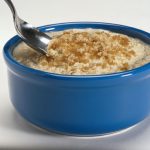
What and when you eat certain foods can boost how you feel at different times during the day. When it comes to meal planning, timing is everything. Important for anyone trying to lose weight, research shows that having a high-protein breakfast — that means 35 grams’ worth — can keep your appetite in check for the entire day. It may even help you avoid evening snacking. Options with that amount of protein include a very generous cup-and-a-half of Greek yogurt; an omelet prepared with one egg and three egg whites and filled with ricotta or cottage cheese; or a less conventional breakfast of four ounces of chicken breast or six ounces of canned salmon. A lot has been written about what to eat before and after workouts. Choosing the right foods at the appropriate times can boost your stamina and quicken recovery time. Current thinking is to have a small meal with carbs and protein one to three hours before you exercise, and then a snack 15 to 20 minutes afterward to replenish energy stores and help muscles grow. Pre-Exercise Fuel Choices Peanut butter and banana or PBJ sandwich Fruit slices with nut butter Greek yogurt or oatmeal and berries Handful of raisins and nuts Post-Exercise Fuel Choices Whole-grain wrap with turkey Low-fat chocolate milk Low-fat milk and fruit smoothie One study found that having… read on >










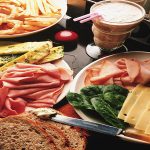

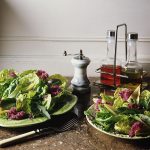
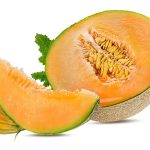

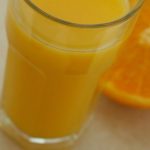











-300x200.jpg)







-300x169.jpg)
